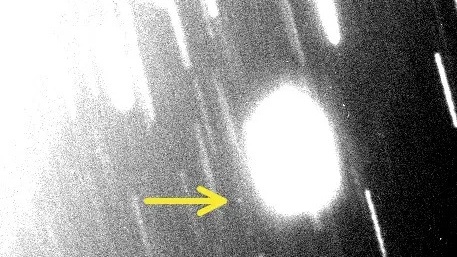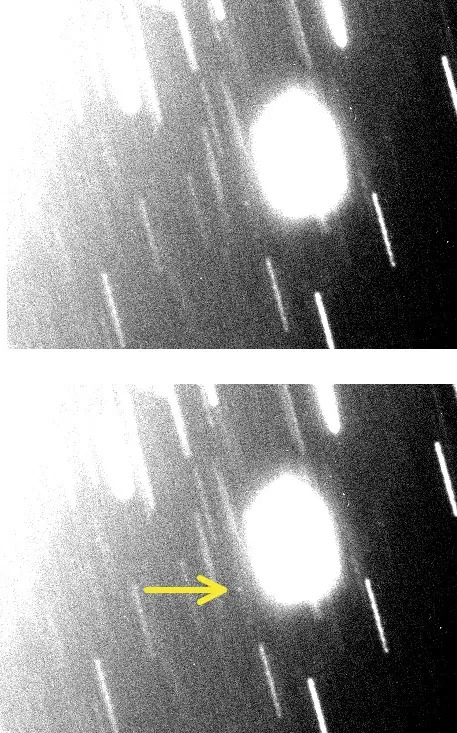3 tiny new moons found around Uranus and Neptune — and one is exceptionally tiny
Two will be named after sea gods and nymphs and the other will be named for a Shakespearean character.

Astronomers have discovered two tiny moons orbiting Neptune and one circling Uranus, bringing the number of their known moons to 16 and 28 respectively.
Uranus' new moon, the first detected around the ice giant in over two decades and possibly the smallest of its ilk, is just 5 miles (8 kilometers) wide; it takes 680 days to complete one orbit around Uranus. In comparison, one Mars' moons named Deimos, considered to be among the tiniest known moons in our solar system, is 8 miles (13 km) wide.
The new moon of the blue-green planet is currently referred to as "S/2023 U1" while it awaits being named for a Shakespearean character, according to a statement by Carnegie Institution for Science (or Carnegie Science).
The brighter of Neptune's two new moons is provisionally named "S/2002 N5." At 14 miles (23 km) wide, this newly discovered satellite seems to be in a 9-year orbit around Neptune. The fainter moon, currently assigned the name "S/2021 N1," is 8.6 miles wide (14 km) and circles Neptune once every 27 years. Both Neptunian moons will be assigned permanent names based on sea gods and nymphs in Greek mythology.
Related: Uranus and Neptune are actually similar blues, 'true' color images reveal
The three new moons were announced Friday (Feb. 23) by the International Astronomical Union's Minor Planet Center, a Massachusetts-based scientific body responsible for designating planets, comets and moons in our solar system.
The discovery was made using observatories in Hawaii and Chile by Scott Sheppard, a staff scientist at Carnegie Science, in collaboration with Marina Brozovic and Bob Jacobson of NASA's Jet Propulsion Laboratory (JPL), David Tholen of the University of Hawaii, Chad Trujillo of Northern Arizona University and Patryk Sofia Lykawa of Kindai University.
Breaking space news, the latest updates on rocket launches, skywatching events and more!
The new moons are "the faintest ever found around these two ice giant planets using ground-based telescopes," Sheppard said in Friday's statement. "It took special image processing to reveal such faint objects."
He first detected the new Uranian moon in November of last year while using Chile's Magellan telescopes. A month later, follow up observations combined with JPL scientists' predictions of a possible orbit for the new moon confirmed the find.
The two new residents in Neptune's moon system were first seen in September 2021. After the orbit of the brighter of the two natural satellites, S/2002 N5, was confirmed, "it was traced back to an object that was spotted near Neptune in 2003 but lost before it could be confirmed as orbiting the planet," said Sheppard.
Determining the orbit of the fainter Neptunian moon "required special observing time under ultra-pristine conditions" with Europe's Very Large Telescope in Chile and Gemini Observatory in Hawaii, according to the statement.
Using these telescopes, Sheppard and colleagues clicked a series of five-minute exposures over three-to four-hour periods. These short-burst images were later “layered” such that the three newfound moons came into clearer view.
All three moons have egg-shaped orbits highly inclined to the plane of their respective ice giants. This implies they did not birth around their host planet but were instead gravitationally seized later on.

Sharmila Kuthunur is an independent space journalist based in Bengaluru, India. Her work has also appeared in Scientific American, Science, Astronomy and Live Science, among other publications. She holds a master's degree in journalism from Northeastern University in Boston.

